Mastering food storage has become an essential skill for modern families. This article offers valuable insights and practical tips on effectively managing food storage in today’s fast-paced lifestyle. From understanding the importance of organization and rotation to exploring different preservation techniques, we will delve into key strategies to maximize the shelf life of your food and minimize waste. Whether you’re a seasoned homemaker or a busy professional, this article equips you with the knowledge and tools needed to master food storage for your entire family’s benefit.
Essential Food Storage Supplies

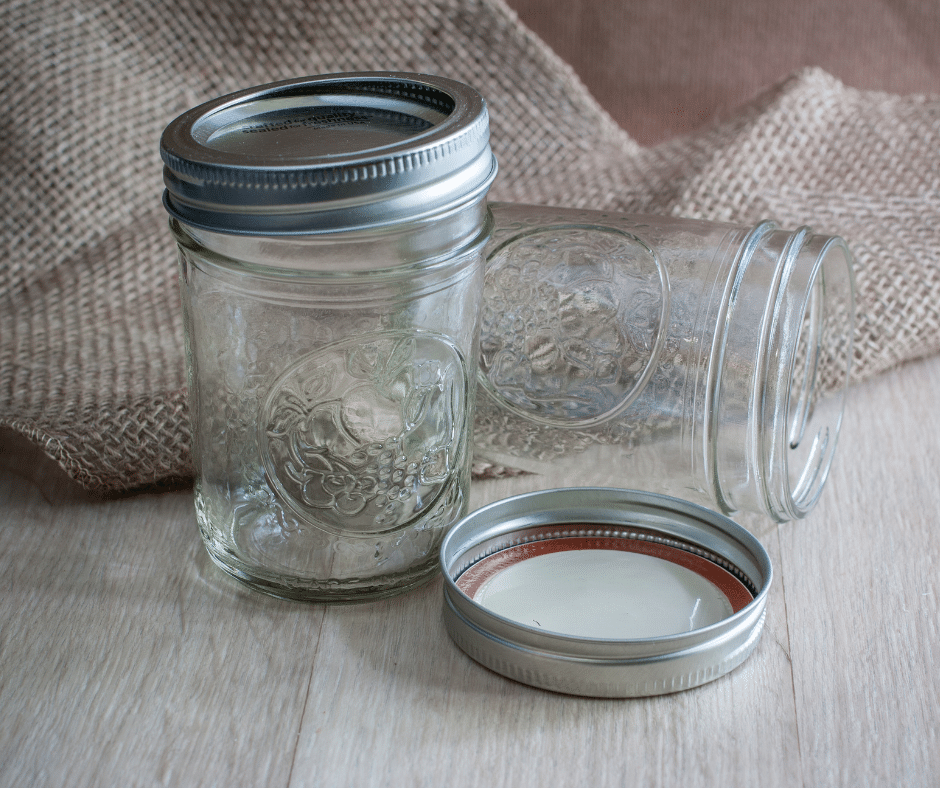
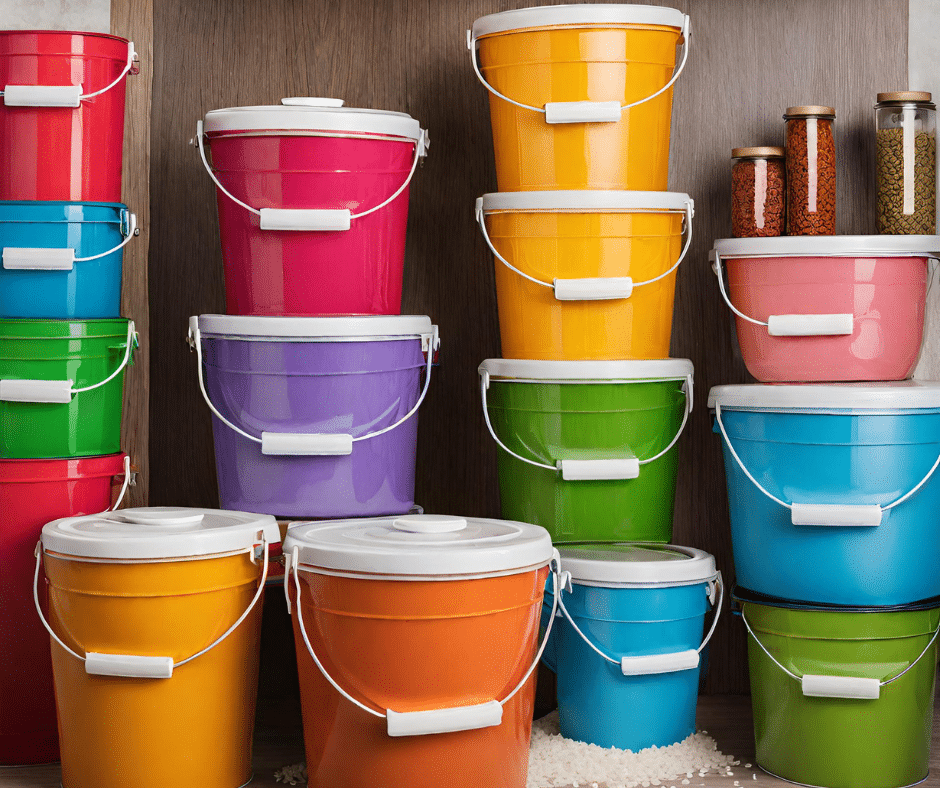
Stocking essential food storage supplies is crucial for effectively preparing and maintaining a well-equipped pantry. As a food storage expert, I will provide you with detailed and accurate information about various aspects of food storage, offering insights into different preservation methods, the shelf life of different food items, and tips for organizing and maintaining a well-stocked pantry.
When it comes to food container options, choose containers that are airtight and moisture-proof to ensure the longevity of your stored goods. Look for containers made from materials like glass or BPA-free plastic, which are durable and safe for food storage. Additionally, consider using stackable containers to optimize space in your pantry.
Best practices for storing dry goods involve keeping them in a cool, dry, and dark location. This helps to preserve the quality and extend the shelf life of your food items. Avoid storing dry goods near sources of heat or sunlight, as this can lead to spoilage and degradation of the products.
Choosing the right storage location is also crucial. Opt for a space that is away from direct sunlight and fluctuating temperatures. A basement or a cool, dark cupboard can be ideal options. Additionally, ensure that the area is clean and free from pests to prevent contamination.
Managing temperature and humidity in storage is essential to prevent spoilage and the growth of mold or bacteria. Aim to maintain a temperature below 70°F (21°C) and a humidity level below 50%. Consider using a dehumidifier or moisture-absorbing products to help regulate humidity levels in your storage area.
Labeling and organizing stored food items is a key aspect of effective food storage. Clearly label containers with the contents and date of storage to ensure proper rotation. Organize similar items together and place the ones with the nearest expiration dates in the front for easy access and use.
Proper Food Storage Methods
Utilizing proper food storage methods ensures the longevity and freshness of your stored goods, while also preserving their nutritional value. To optimize your food storage practices, consider the following techniques:
1. Temperature control: Maintaining the right temperature is crucial for preserving food quality. Keep perishable items in a cool, dry place, ideally between 35 to 40 degrees Fahrenheit. This helps slow down the growth of bacteria and extends the shelf life of your stored goods.
2. Vacuum sealing: Vacuum sealing is an effective method for removing air from packaging, preventing the growth of spoilage-causing microorganisms. This technique helps preserve the flavor, texture, and nutritional content of food items, allowing them to stay fresh for longer periods.
3. Canning techniques: Canning is a reliable method for preserving a wide range of foods, including fruits, vegetables, and meats. By sealing food in airtight jars or cans and subjecting them to heat, you can kill bacteria and create a shelf-stable product that can last for months or even years.
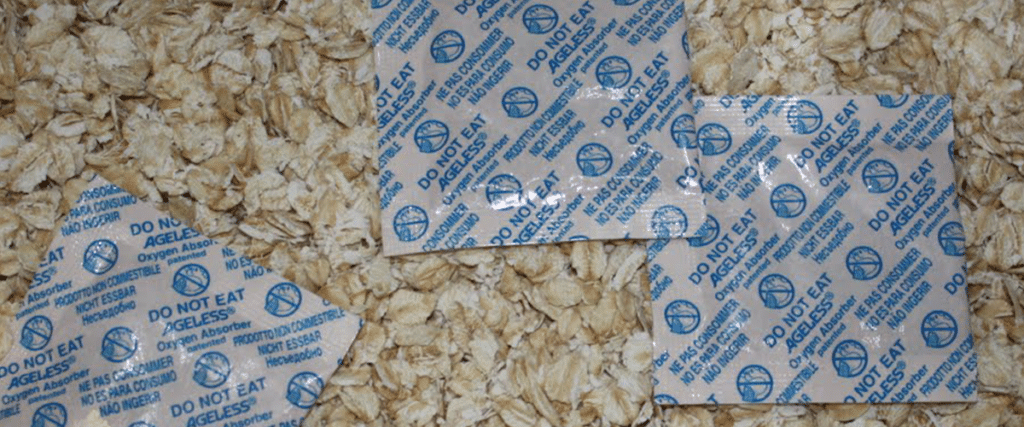
4. Oxygen absorbers: Oxygen absorbers are small packets that remove oxygen from sealed containers, preventing the oxidation and spoilage of food. They are particularly useful for long-term storage of dry goods, such as grains, beans, and spices.
5. Freezing methods: Freezing is an excellent way to extend the shelf life of many food items. Proper packaging and labeling are essential to maintain the quality of frozen goods. Use airtight containers or freezer bags to prevent freezer burn and organize your freezer to ensure easy access to different items.
Building a Long-Term Food Storage Plan
Creating a comprehensive and sustainable long-term food storage plan is essential for ensuring the well-being and security of your family. As a food storage expert, I can provide you with detailed and accurate information about various aspects of food storage to help you build a successful plan.
When it comes to long-term food storage, it’s important to consider different preservation methods. Canning techniques, such as pressure canning or water bath canning, are excellent ways to preserve fruits, vegetables, and even meats. These methods can significantly extend the shelf life of your food items, ensuring that you have a constant supply of nutritious food.
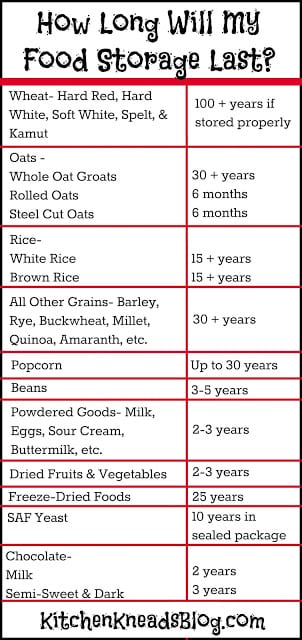
In addition to canning, there are other food storage methods to consider. Dehydrating is a popular technique that removes moisture from food, preventing bacterial growth and spoilage. Vacuum sealing is another effective method that removes oxygen from food packages, helping to maintain freshness and extend shelf life.
To effectively manage your long-term food storage, it’s crucial to invest in proper food storage containers. Look for containers that are airtight and made from food-safe materials. Glass jars, mylar bags, and plastic buckets with tight-fitting lids are all excellent options.
Organizing and labeling your food storage is also key. Make sure to keep a detailed inventory of your supplies and practice a first-in, first-out rotation system to ensure that food is used before it expires. This will help you minimize waste and optimize available space in your pantry or storage area.
Sustainable food storage practices can contribute to a more environmentally friendly approach. Consider growing your own food, utilizing local sources, and reducing food waste by repurposing leftovers. By incorporating these strategies into your long-term food storage plan, you can ensure that your family is prepared for emergencies while also being mindful of the planet.
Rotating and Managing Food Inventory
You must regularly rotate and monitor your food inventory. This ensures that you are using your stored food before it expires and helps to prevent waste. Here are four key strategies for rotating and managing your food inventory:
1. Inventory tracking: Keep a detailed record of the food items you have in storage, including quantities, expiration dates, and purchase dates. This will help you stay organized and ensure that you are using the oldest items first.
2. Stock rotation: When adding new items to your food storage, place them behind the older items. This way, you will naturally use the older items first and maintain a fresh supply. Regularly check your inventory and rotate items as necessary.

3. Food storage containers: Invest in high-quality food storage containers that are airtight and moisture-resistant. This will help to prolong the shelf life of your stored food and protect it from pests and contaminants.
4. Labeling system: Use a clear and consistent labeling system to mark the contents and expiration dates of your stored food. This will make it easier to identify and use the oldest items first.
Mastering Food Storage with Local Experts
Here at Kitchen Kneads, we pride ourselves on knowing exactly how to help you get started with your Food Storage plans. We hold classes on different types of food storage, and our staff can help you stock up on bulk ingredients and all the supplies you need to be successful.
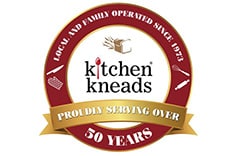


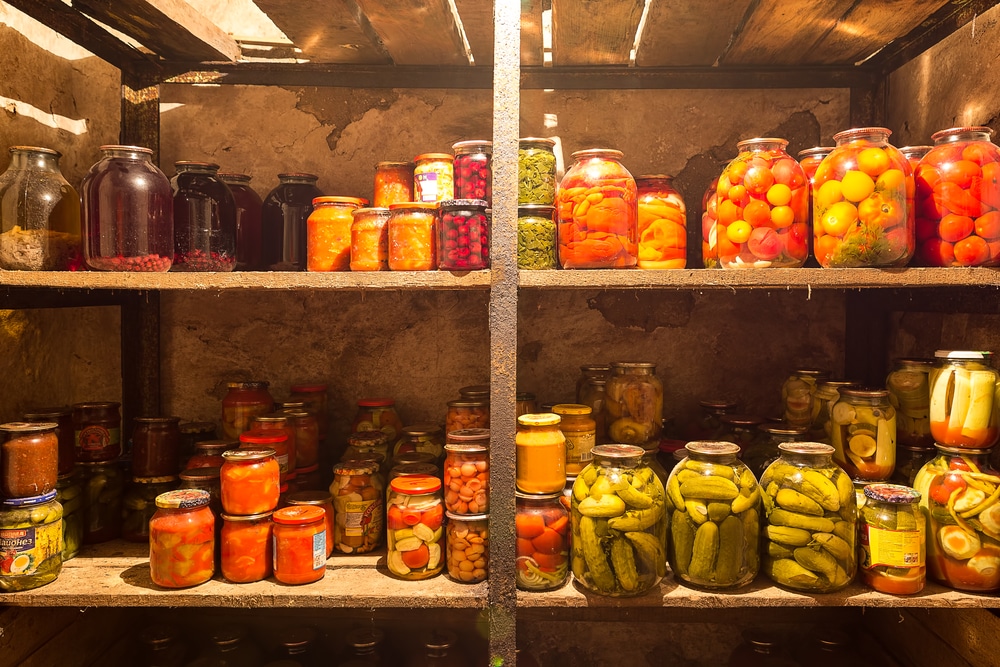

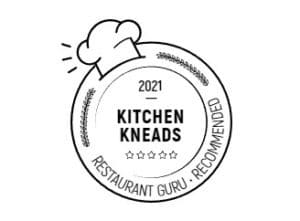





Leave a Reply